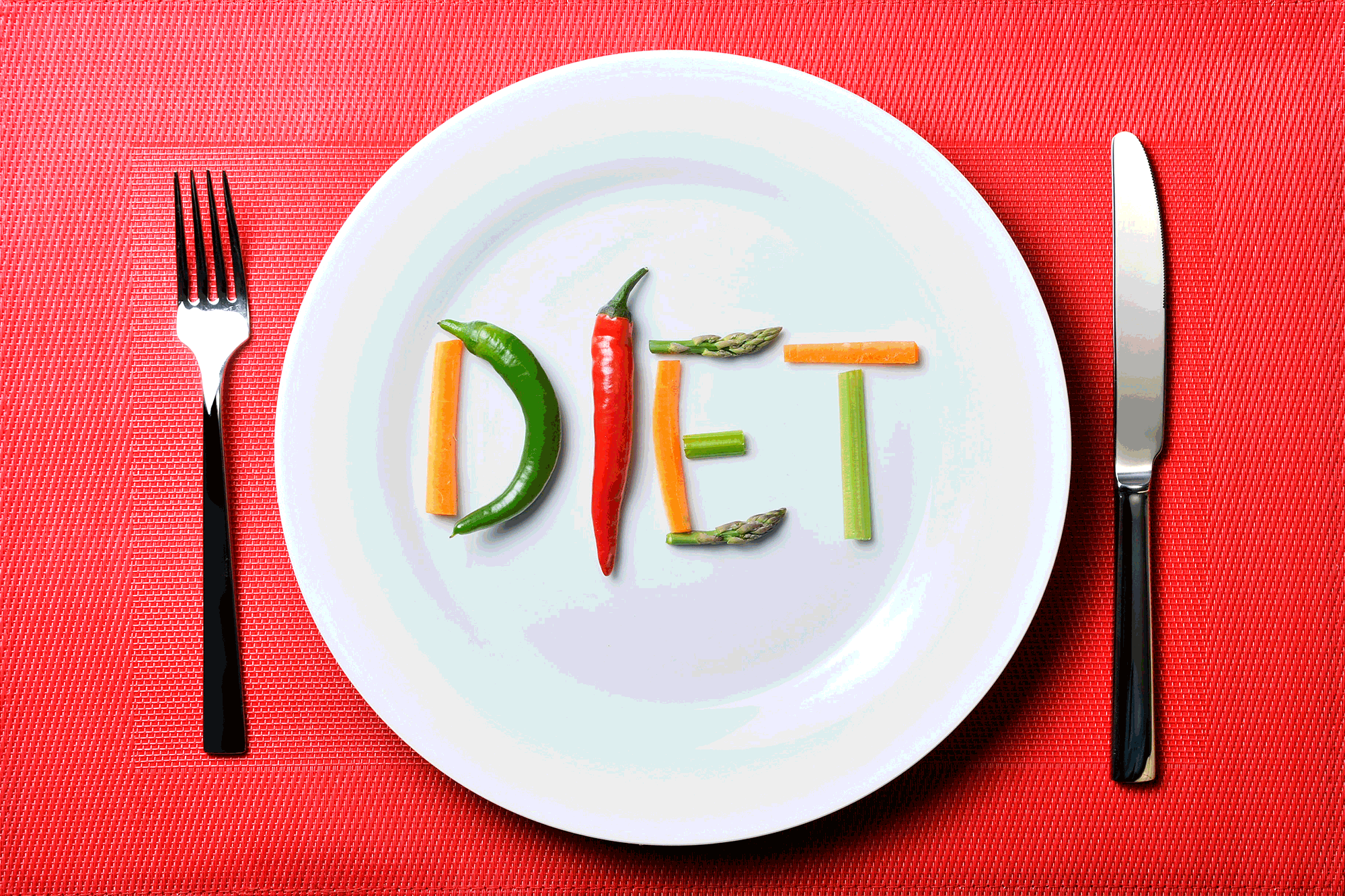Volume eating diet explained — how to eat more and weigh less

Is it time to crank up your eating?
Volume eating is a trendy dieting strategy that involves consuming large amounts of low-calorie foods to feel fuller while still maintaining a calorie deficit.
You physically eat more food — but still consume fewer calories than usual.
Registered dietitian Shyla Cadogan explained last week in StudyFinds that the idea is to fill your stomach with food naturally lower in calories so there’s less room for food that could derail your diet.
How does volume eating work?
Foods are categorized into two groups: high-volume and low-volume.
High-volume foods can be eaten in large quantities, while low-volume foods should be consumed in moderation.
Examples of high-volume foods, which are typically rich in fiber and water, include watermelon, lettuce, zucchini, citrus, spinach, egg whites, cucumber, celery, oatmeal and high-fiber fruits, like apples and berries.
Low-volume foods are more calorically dense and can include oils, dried fruit, honey, maple syrup, cheese, nuts and nut butters.
Is volume eating good for weight loss?
If done correctly, yes, it can be.
Volume eating requires proper planning to aid weight loss. As Cadogan notes, the barrier to weight loss for so many people is that they don’t feel full and satisfied after eating a meal.
Low-volume foods — which are often rich in nutrients like fiber as well as various vitamins and minerals — “literally take up more space” than high-volume foods, she argued, filling up the stomach more and most likely leaving you full and satisfied.
Additionally, volume eating could be a great way to introduce nutrients you weren’t getting before.
If fruits and vegetables aren’t a regular part of your diet, volume eating “essentially makes you start,” Cadogan wrote, which leaves less room for high-calorie foods such as fast food and baked goods.
Are there downsides to volume eating?
Cadogan emphasized that volume eating, just like any other diet, is only beneficial if all nutrient needs are being met.
“No diet should cause you to compromise the quality of your eating. To this point, I’ve put the emphasis on doing volume eating correctly because things can be done incorrectly,” she wrote.
It’s vital to remember that quality is greater than quantity — so don’t get too caught up in just consuming the lowest-calorie foods available.
Diet Coke, for example, is a zero-calorie drink and, by the mere definition of volume eating, a beverage that’s allowed to be consumed in large amounts. However, there’s no nutritional value to Diet Coke.
Meanwhile, orange juice is higher in calories than Diet Coke and may not be on your radar for low-calorie drinks, but it provides Vitamin C and other antioxidants, so it’s preferred over soda.
There are other factors to consider in choosing food. Kelsey Kunik, a registered dietitian and nutrition adviser for Fin vs Fin, told Health.com that “high-volume eating can lead to bloating and digestive discomfort, as many high-volume, low-calorie foods are high in fiber. Too much fiber from raw fruits and vegetables can cause digestive upset and micronutrient deficiencies.”
Cadogan also pointed out that feeling full is only part of what leaves people satisfied after a meal. To sustain any sort of diet long-term, you have to also enjoy the food you’re eating.
If you’re eating something just because it’s low in calories but you don’t like the taste or texture, you might end up craving foods you’re trying to avoid regardless of how full you are, which could inevitably lead to binge eating.
“There’s no reason to completely avoid fat, carbs or other foods that you think might not fit into your diet,” Cadogan said, advising that adding flavor with olive oil or seasonings to your food can still be part of volume eating.
It’s also important to make sure volume eating doesn’t cross a line into disordered eating.
“Volume eating encourages lots of low-calorie foods, which can contribute to cravings, overeating, constant food thoughts and bingeing,” Jamie Nadeau, a registered dietitian, warned to Health.com
At the end of the day, Cadogan stressed that low-calorie foods shouldn’t be prioritized over nutrient-dense foods, and high-calorie foods can still be part of volume eating without being the main event.




